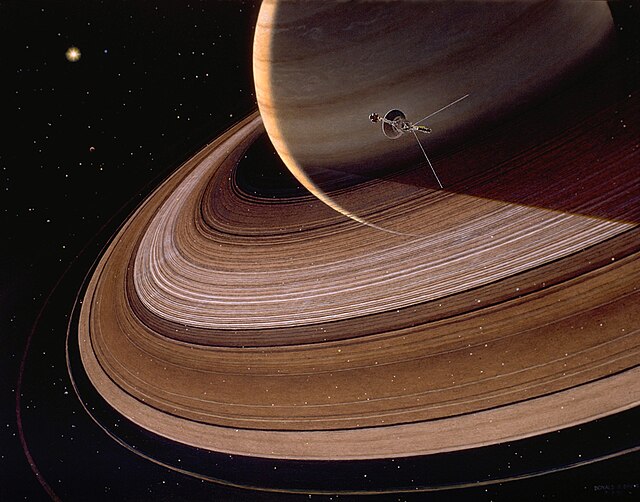Way back in 2019, the New Horizons space probe passed by the Kuiper Belt object Arrokoth, a 20-mile-wide chunk of ice that bears an uncanny resemblance to a snowman. Arrokoth is thus officially the farthest object ever closely observed and explored, and unless a new target for New Horizons to be pointed at is found in the next few years (an unlikely scenario, considering how little fuel New Horizons has left), Arrokoth will hold that record for a very long time.
 |
| NASA/Johns Hopkins University Applied Physics Laboratory |
Unfortunately, New Horizons couldn't turn around for a second look to answer this very important question, but it didn't need to, courtesy of a new study. The experiment the researchers undertook was shockingly simple: Build a miniature Kuiper Belt object, bombard it with high-energy electrons to simulate billions of years worth of solar wind, and observe the results.
The first thing they noticed after irradiating their chunk of ice was the presence of polycyclic aromatic hydrocarbons, which are actually quite common throughout the universe. But beyond that, they found a couple surprises, namely a sugar you're familiar with: glucose. The very same glucose, in fact, that your body depends on. So, if you went out there, dug up a little chunk, and licked it, the ice would actually taste sweet. It's those various sugars, the researchers said, that give Arrokoth its unusual color.
But before you suit up for the longest trip to the candy store ever undertaken, there's a catch to Arrokoth's sweetness. During their test, the researchers also detected glycerol, which is an important ingredient in soap. And that's not such a nice thing to eat. Unless, of course, you've just dropped the F-dash-dash-dash. Ralphie would probably appreciate a sweet-tasting soap ... so long as he doesn't get his tongue stuck to it.






